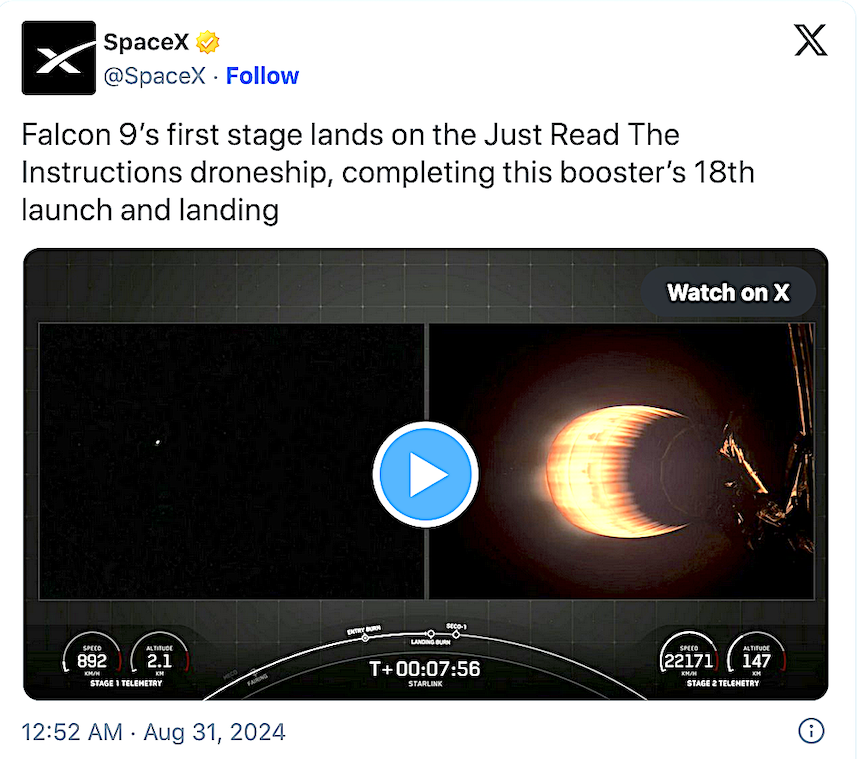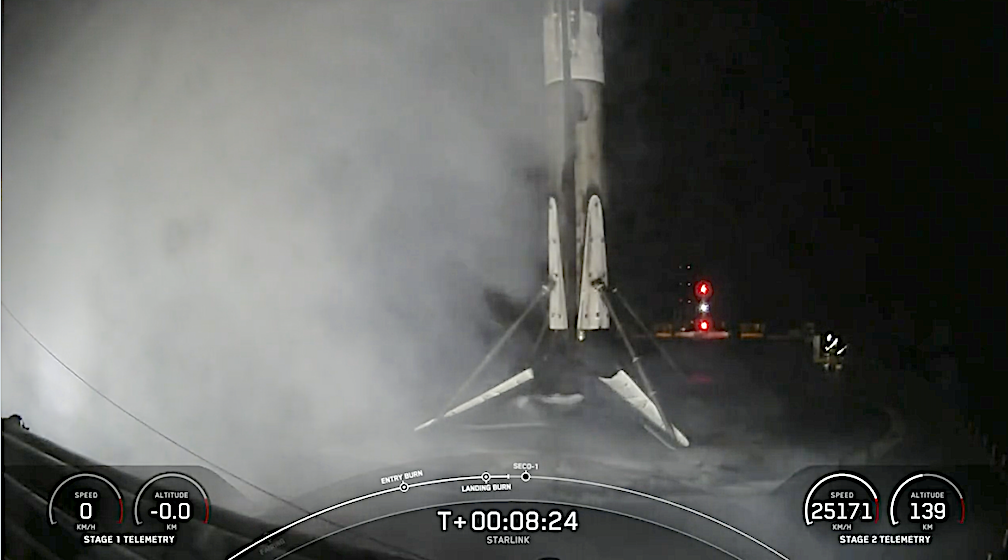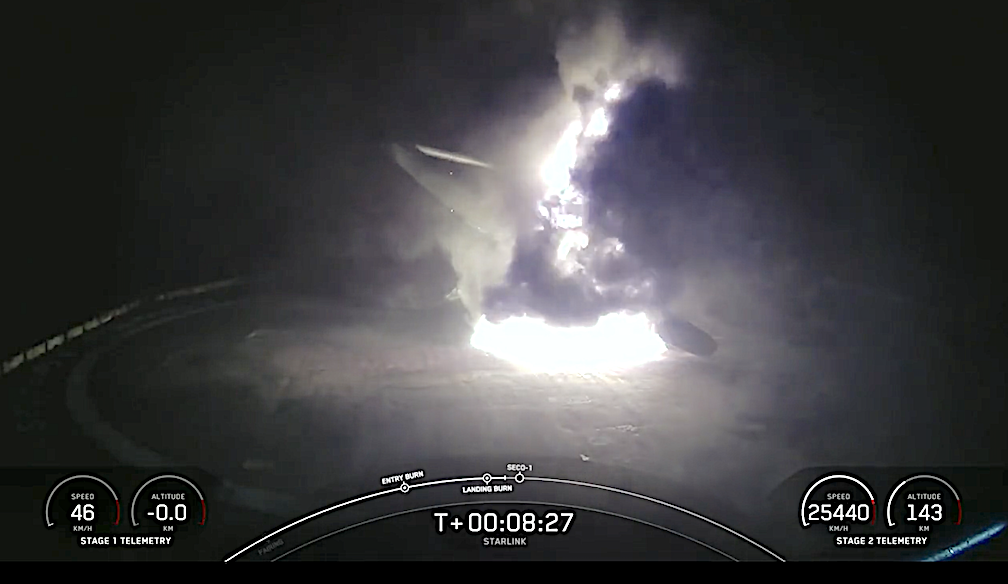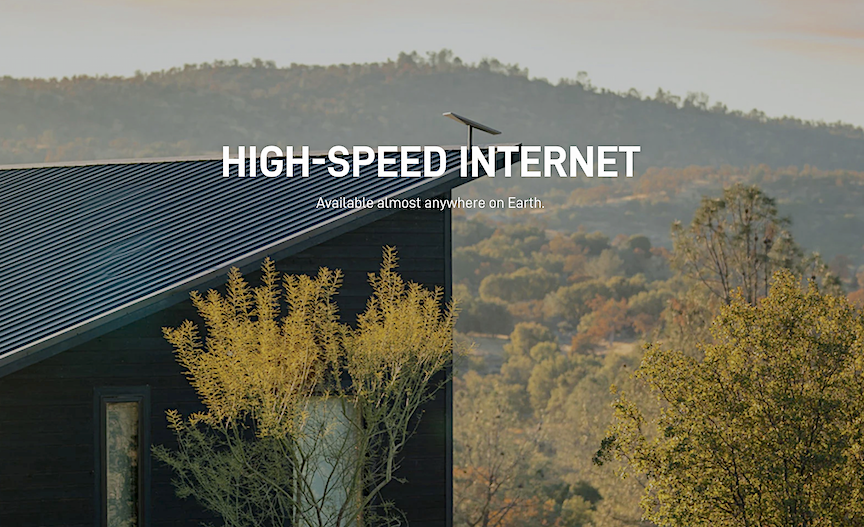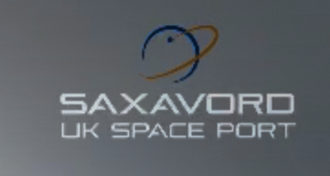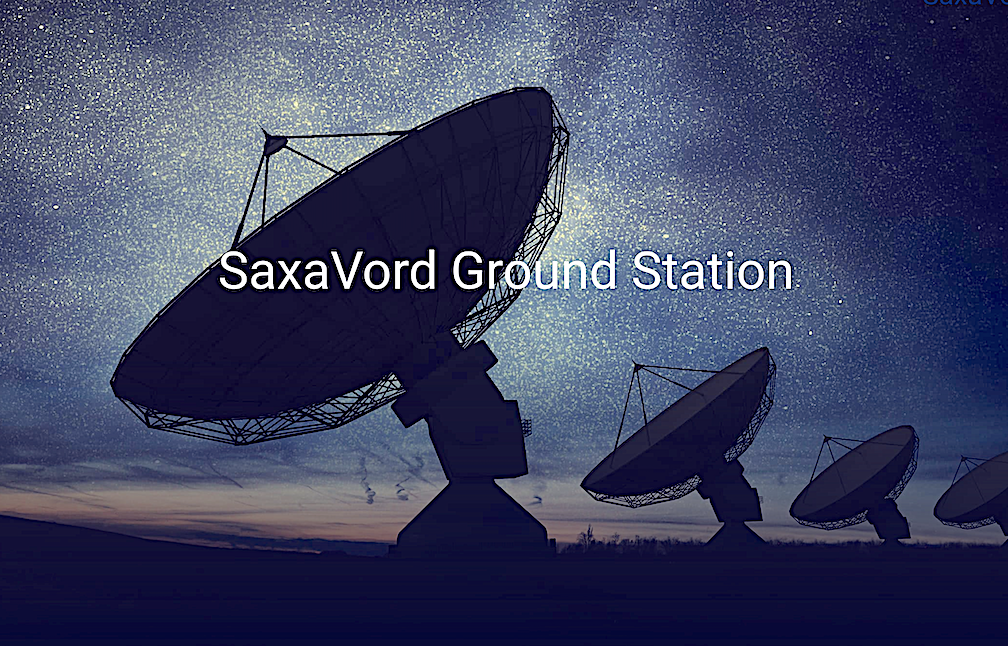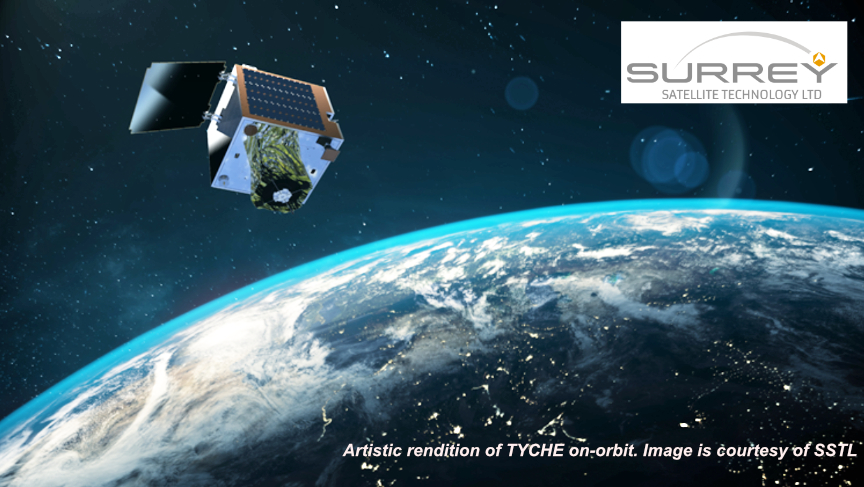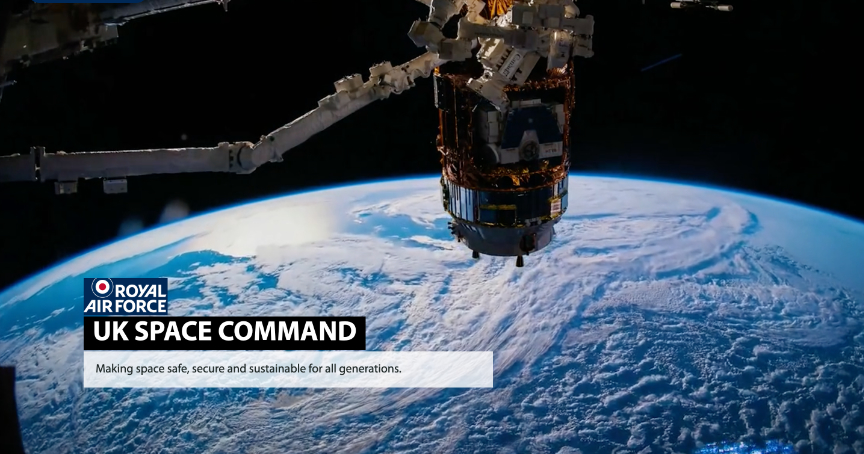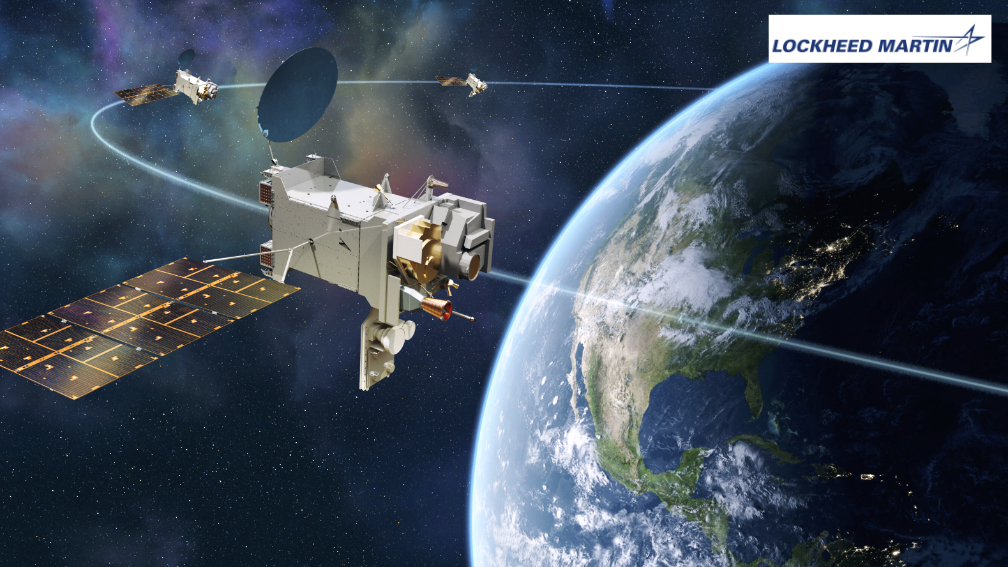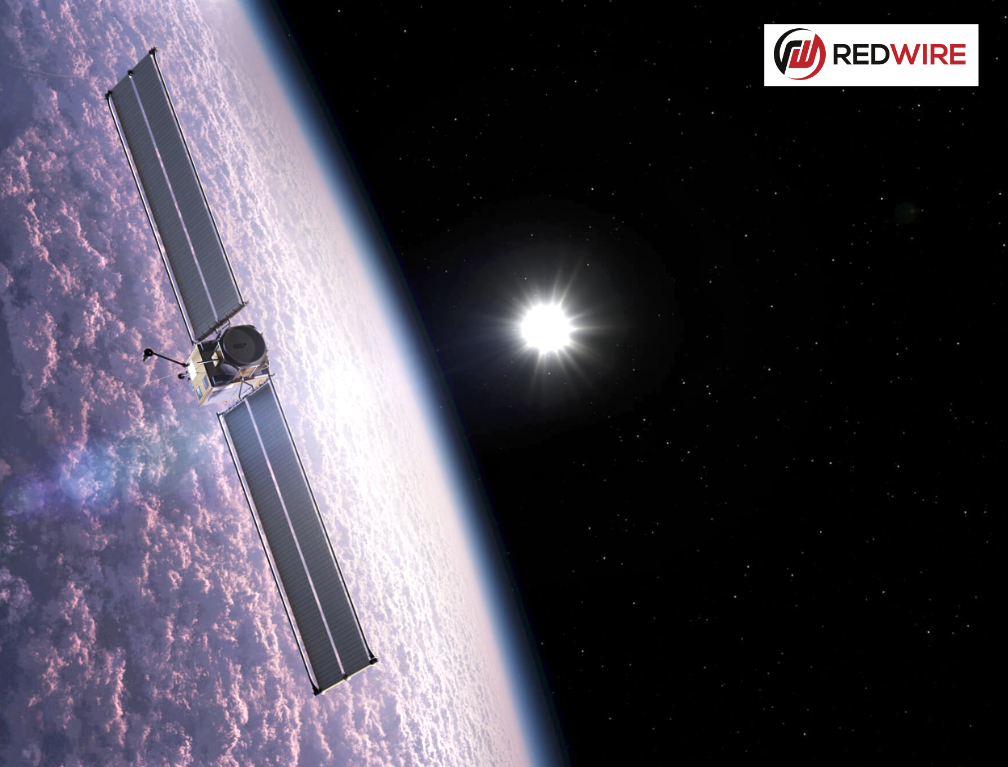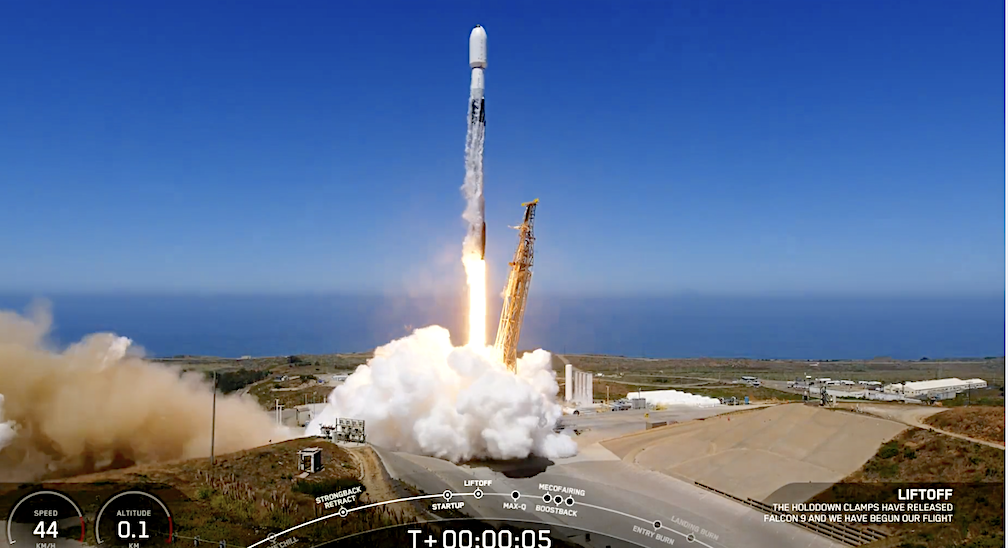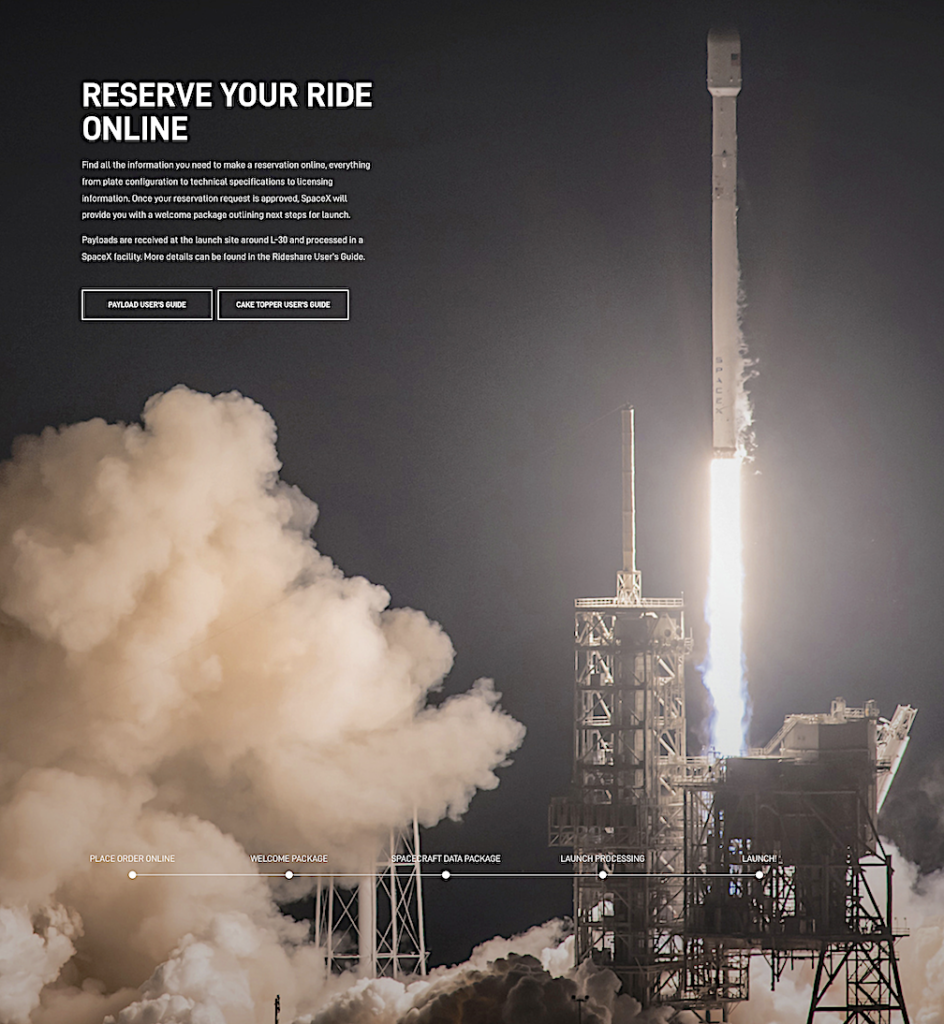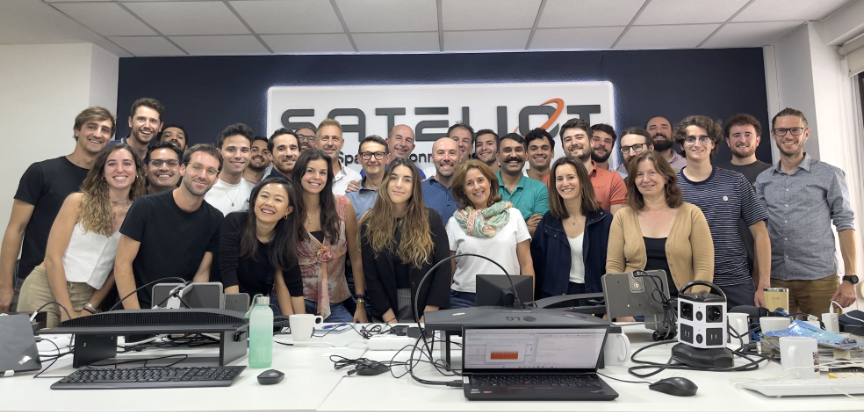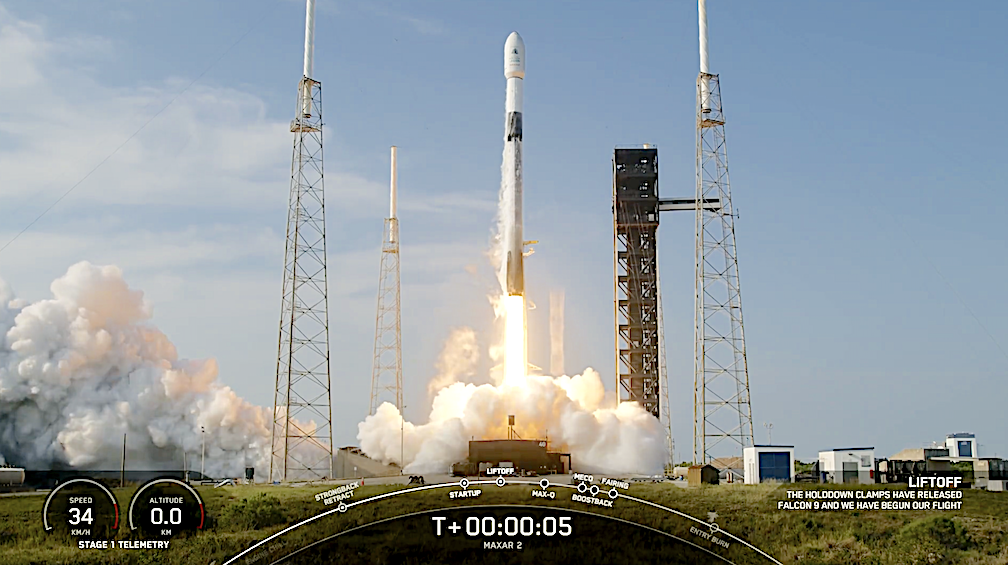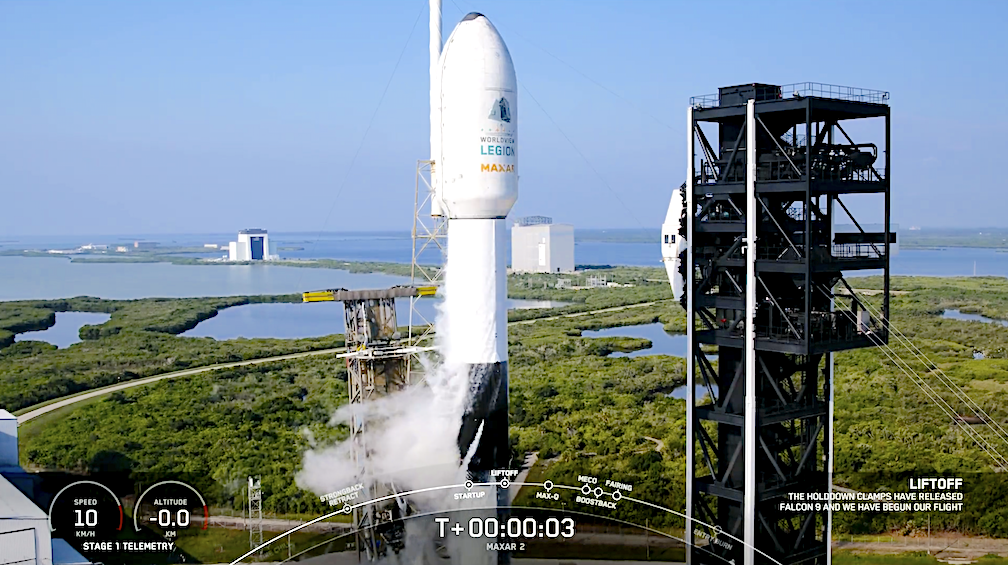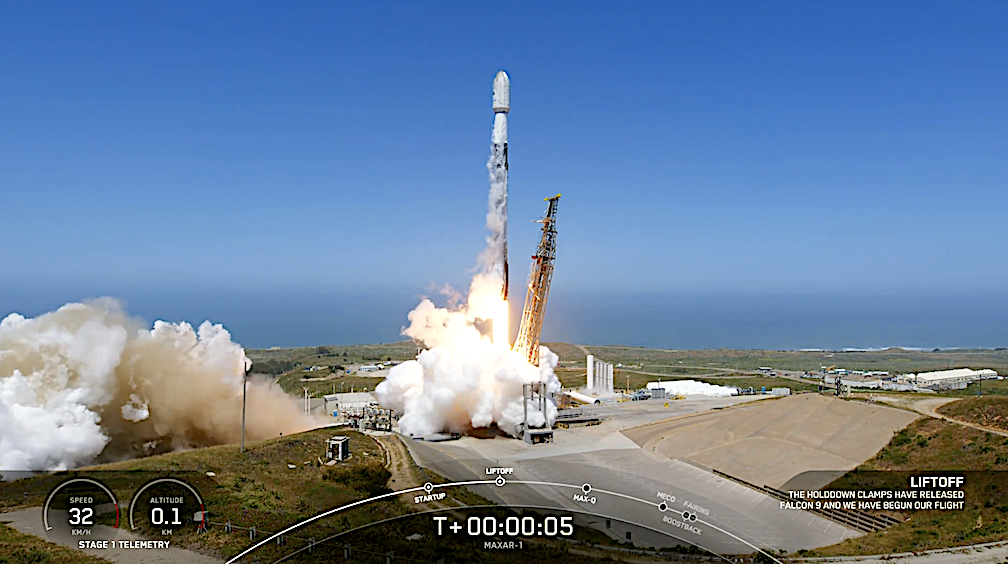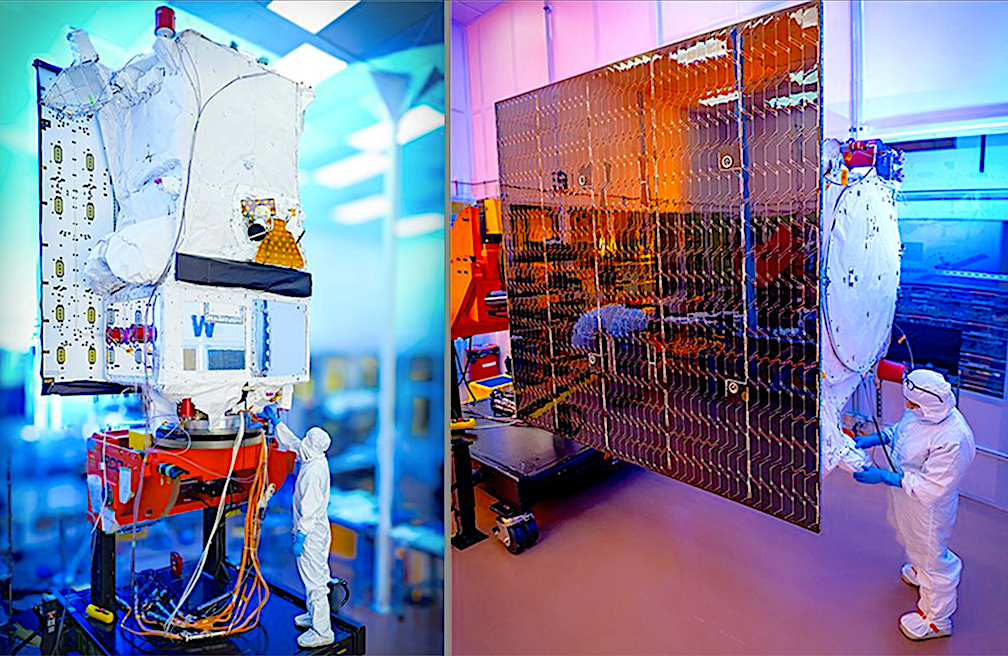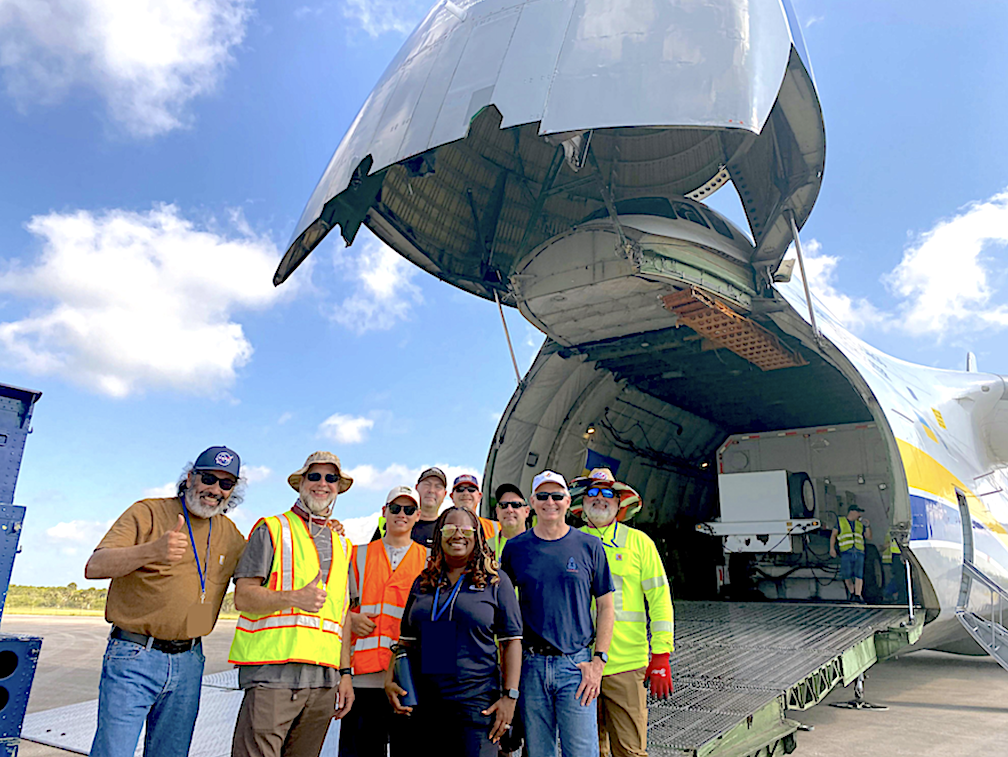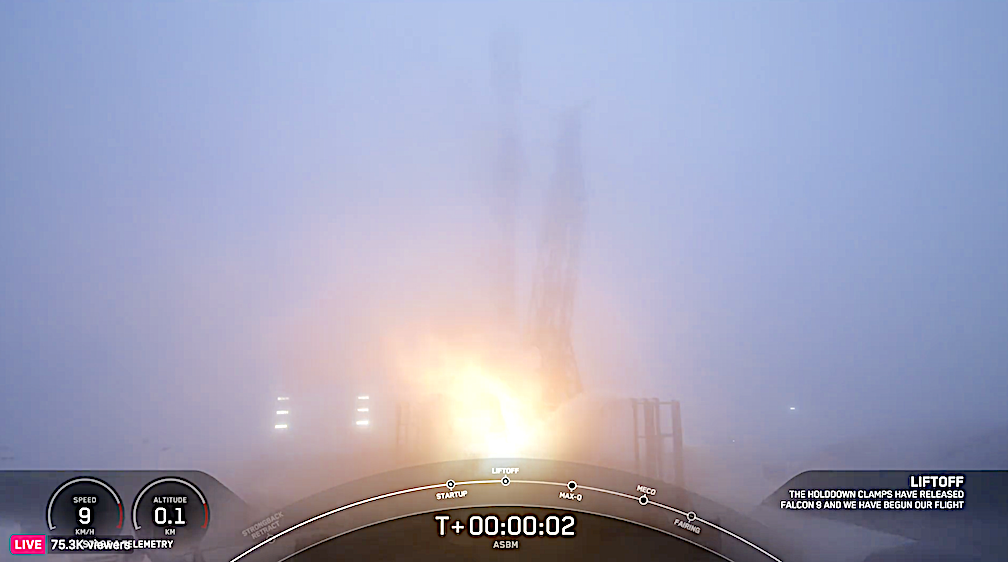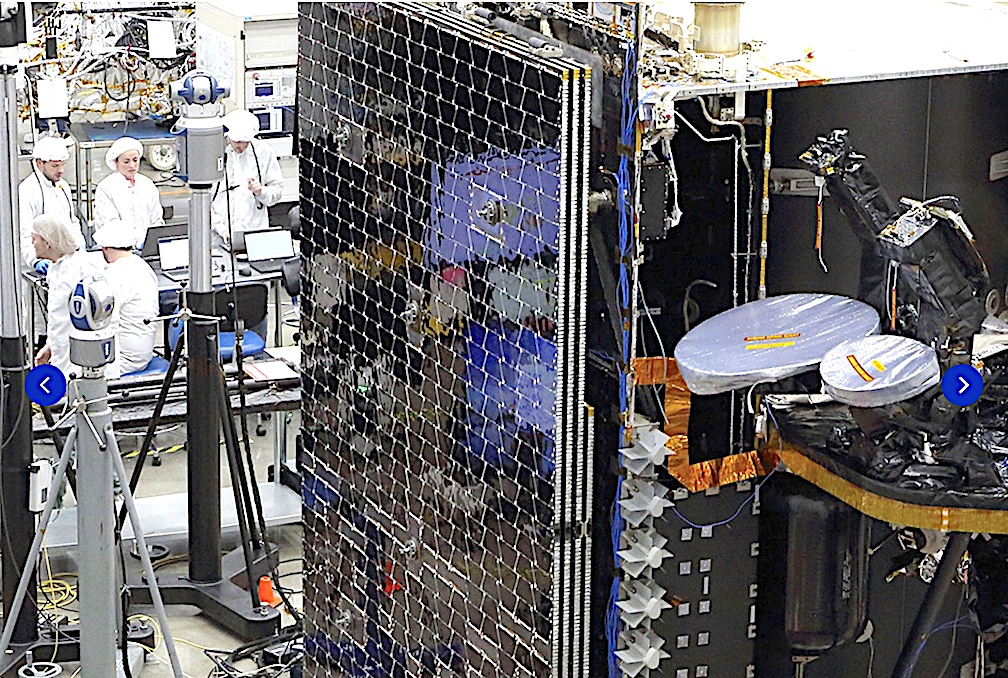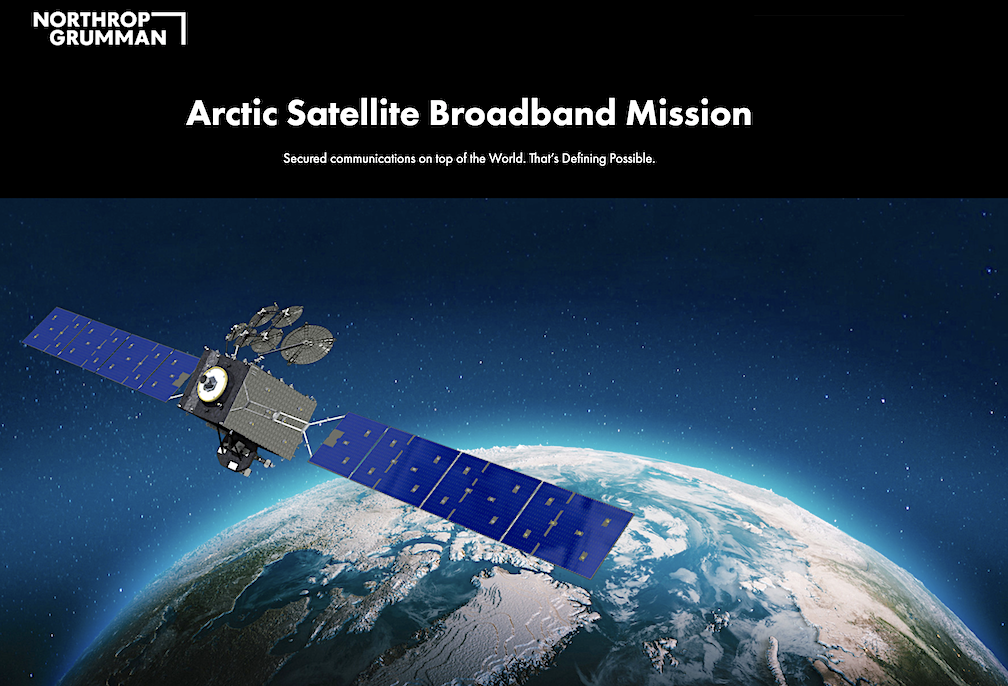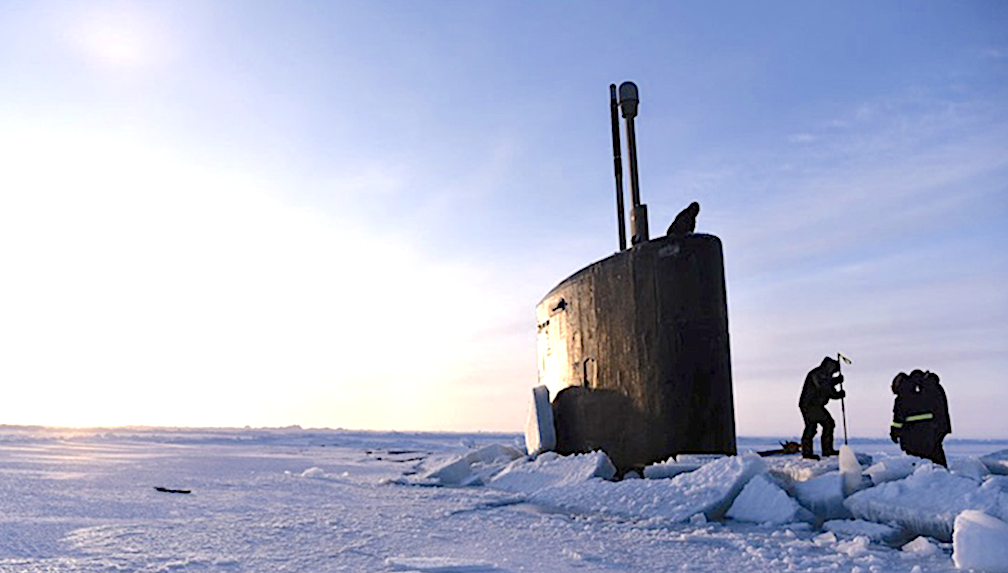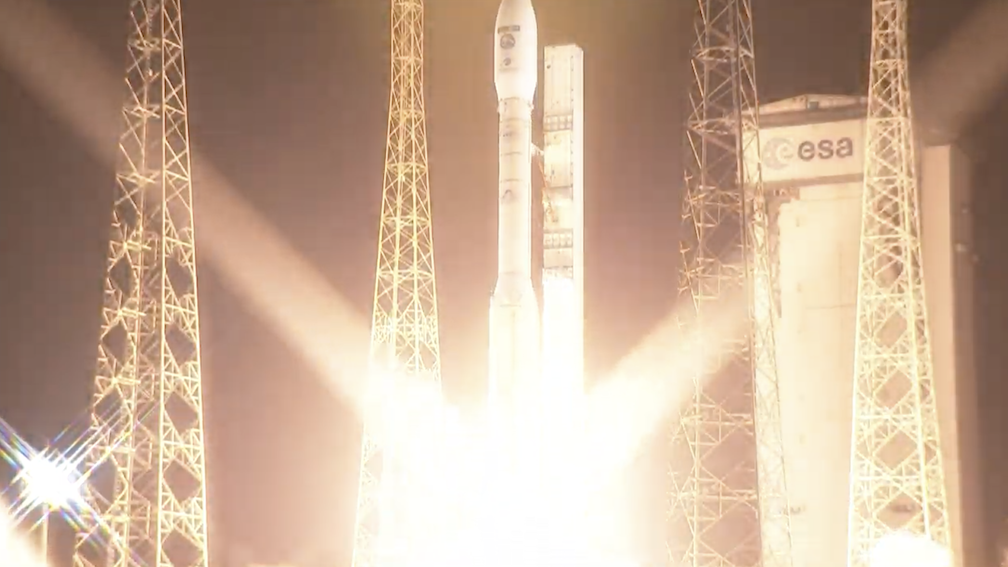
Arianespace’s Vega successful soared from Europe’s Spaceport in Kourou, French Guiana, on its last journey on Wednesday, September 4th, 2024 at 10.50 p.m. local time (September 5th, at 1.50 a.m. UTC, 3.50 a.m. CEST).
This mission, called “VV24”, will place its passenger, the Copernicus Sentinel-2C satellite, into Sun-Synchronous Orbit at an altitude of around 780 km. Spacecraft separation will occur 57 minutes after lift-off. Sentinel-2C is part of the European Commission’s Copernicus Earth Observation program, the world’s most advanced Earth observation system.
Copernicus provides continuous, independent, and reliable Earth observation data and services to public authorities, companies and citizens around the globe. The program is co-funded by the EU and ESA. The Copernicus Sentinel-2C satellite, with its wide swath, high-resolution, and multi-spectral imaging capabilities, will support a broad range of operational applications including agriculture, water quality monitoring, natural disaster management (e.g. wildfires, volcanoes, floods), and methane emissions detection.

For agriculture, the mission helps to monitor crop health, predict yields and enable precision farming. Images are used to detect crop type, and to determine biophysical variables such as leaf area index, leaf chlorophyll content and leaf water content to monitor plant growth and health.
Sentinel-2C reached French Guiana on July 18th, 2024 on board Canopée, the first sail-assisted cargo ship, pioneering environmental responsibility in industrial shipping. The satellite’s arrival in Kourou marked the beginning of the launch campaign led by Arianespace teams. The satellite underwent a precise series of pre-launch tests in preparation for its lift-off, leading to the Launch Readiness Review (LRR) on September 2nd, 2024.
The completion of the LRR triggerd the approval for proceeding to the launch countdown. Before the upcoming launch of Sentinel-2C, which was designed and built by a consortium of around 60 companies led by Airbus Defence and Space, Sentinel-1A, Sentinel-2A, Sentinel-1B and Sentinel-2B were successfully launched by Arianespace.
The VV24 mission once again highlights Arianespace’s commitment to space for a better life on Earth, as well as ensuring Europe’s independent access to space. The Vega rocket, designed to send into different orbits mainly light Earth observation and scientific payloads, was launched for the first time from Europe’s Spaceport in French Guiana in February 2012.
In all, counting this final upcoming VV24 mission, Vega will have carried out a total of 22 launches throughout its years in service and the mission will mark the handover to the Vega C launcher, scheduled to return to flight by the end of 2024. The Vega program is the result of the cooperation of 10 European countries. It has been developed under the leadership of ESA, with Italy (ASI) as the first contributor, Avio Spa (Colleferro, Italy) as a prime contractor delivering a ready to lift-off launcher to Arianespace, which will remain its operator up to Vega Flight 29 (VV29).
Arianespace scrubs grand finale launch of ESA’s Vega for Sentinel-2C mission, plans new date
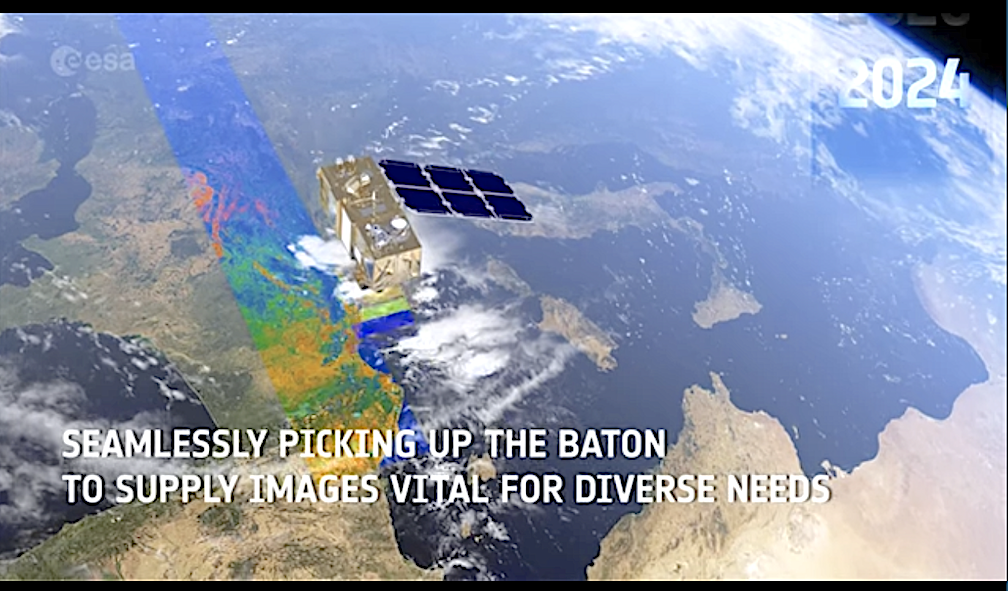
ESA released the announcement:
Next launch: Vega, VV24: “Due to electrical issues on the ground links, the launch chronology was interrupted and additional checks are being conducted to confirm a new launch attempt 5 September 02:50 BST/03:50 CEST (4 September, 22:50 local time) from Kourou, French Guiana. The launcher and its passenger, Sentinel-2C, are in stable and safe conditions.”
Arianespace announced that the mission is scrubbed for a Tuesday night launch attempt and is working towards an opportunity on Wednesday, Sept. 4.
Vega was the very first rocket entirely managed by ESA, built to send small satellites into low Earth orbit. Designed by Avio, who is also the prime contractor, the rocket is operated by Arianespace. Vega consists of four stages, the first three propelled by solid propellant motors and the last stage uses liquid propulsion.
The Vega inaugural flight took place in February 2012. In all, including this final upcoming VV24 mission, Vega will have launched 22 times during its years in service, taking more than 100 missions to space from dozens of European institutions but also customers around the world.
Sentinel-2C will be the last liftoff for the Vega rocket which specializes in launching such small scientific and Earth observation spacecraft to sun-synchronous orbits, flying over the poles of Earth and following the Sun. Fittingly the Sentinel-2A and Sentinel-2B satellites were also launched on Vega marking a logical conclusion to Vega’s stellar roster of satellites launched.
The European Space Agency (ESA) is preparing to complete its transition to its Vega-C rocket with the final launch of its first-generation Vega rocket. The mission, dubbed VV24, will carry an Earth-imaging satellite to a sun-synchronous orbit.
Arianespace readies for last Vega rocket launch to send Sentinel-2C on multispectral imager mission
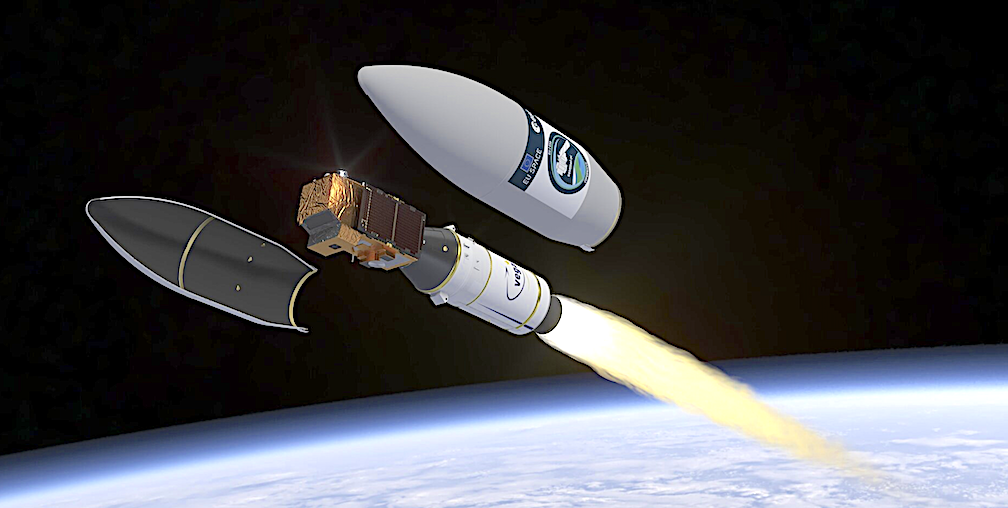
Image: ESA
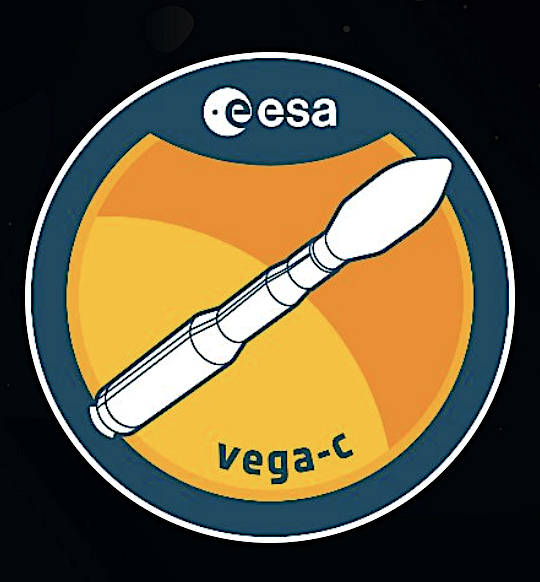
The Copernicus Sentinel-2C satellite is ready for liftoff on 4 September 2024 (3 September Kourou time) from Europe’s Spaceport in Kourou, French Guiana.
The launch will be on ESA WebTV on 4 September from 03:30 CEST to watch the satellite soar into space on the last Vega rocket to be launched from Europe’s Spaceport in Kourou, French Guiana. Sentinel-2C is scheduled to liftoff at 03:50 CEST.

The Copernicus Sentinel-2 mission provides high-resolution optical imagery for a wide range of applications including land, water and atmospheric monitoring. The mission is based on a constellation of two identical satellites flying in the same orbit but 180° apart: Sentinel-2A and Sentinel-2B. Together, they cover all of Earth’s land and coastal waters every five days.
The satellites each carry a high-resolution multispectral imager that generates optical images in the visible, near-infrared and shortwave-infrared part of the electromagnetic spectrum. From their altitude of 786 km, they provide continuous imagery in 13 spectral bands with resolutions of 10 m, 20 m and 60 m, with a large swath width of 290 km.
Sentinel-2C is the third in the Sentinel-2 series. Once commissioned in orbit, it will replace its predecessor, Sentinel-2A. Later, Sentinel-2D will replace Sentinel-2B. This all ensures the continuity of imagery for Copernicus Services and beyond.
More information about Sentinel-2

Vega was the very first rocket entirely managed by ESA, built to send small satellites into low Earth orbit. Designed by Avio, who is also the prime contractor, the rocket is operated by Arianespace. Vega consists of four stages, the first three propelled by solid propellant motors and the last stage uses liquid propulsion.
The Vega inaugural flight took place in February 2012. In all, including this final upcoming VV24 mission, Vega will have launched 22 times during its years in service, taking more than 100 missions to space from dozens of European institutions but also customers around the world.
Sentinel-2C will be the last liftoff for the Vega rocket which specializes in launching such small scientific and Earth observation spacecraft to sun-synchronous orbits, flying over the poles of Earth and following the Sun. Fittingly the Sentinel-2A and Sentinel-2B satellites were also launched on Vega marking a logical conclusion to Vega’s stellar roster of satellites launched.
This final launch marks the handover of Vega to the upgraded Vega-C. Vega for years ensured that Europe has a versatile, independent access to space, complementing the Ariane family of rockets to launch any satellite to any orbit — continuing with Vega-C and Ariane 6.


